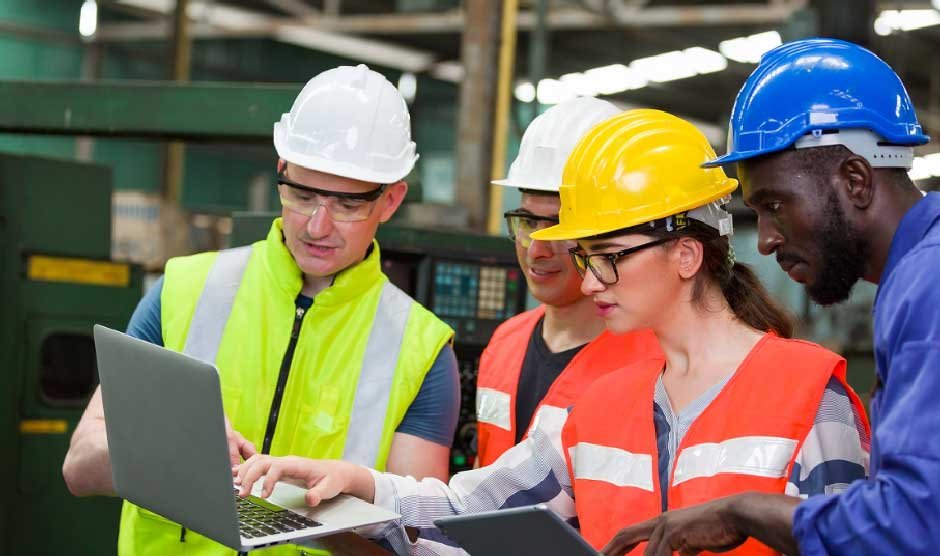Skip to the good bit
ToggleBuilding an office in Canada’s Northwest Territories requires paying particular attention to safety measures. As the subarctic climate presents unique challenges, including extreme cold, heavy snow loads, strong winds, and permafrost conditions, ensuring the safety of workers during construction and the long-term safety of the finished structure demands specialized planning, equipment, and practices:
Cold protection
Winter temperatures in Canada’s Northwest Territories often drop below -30°C, creating risks of frostbite and hypothermia. Commercial construction companies Yellowknife have to provide their teams with insulated clothing, heated shelters for breaks, and access to warm beverages. Work schedules are often adjusted to limit prolonged outdoor exposure, especially during periods of severe wind chill. Safety protocols also require monitoring workers for early signs of cold-related health issues.
Job sites safety in face of weather
Accumulation of snow and ice creates additional hazards. Slippery surfaces increase the risk of falls, which are already a leading cause of injuries in the construction industry. Job sites must be regularly cleared of snow and salt or sand must be applied to walking and working surfaces. Equipment, ladders, and scaffolding should be frequently checked for ice buildup that could compromise stability. Fall protection systems, such as guardrails and harnesses, are essential on elevated platforms.
Structural safety
Yellowknife’s climate requires buildings that can withstand significant snow loads on roofs. During construction, temporary structures and partially completed frameworks must be reinforced to withstand unexpected snowfall. Engineers and contractors must adhere to local building codes that reflect the extreme climate to ensure the office building remains safe for long-term use.
Proper foundation work
In permafrost conditions, improper excavation or insulation can cause ground thawing, which leads to instability. Safety measures include conducting geotechnical assessments before construction begins, using specialized foundation systems such as piles that are driven into stable layers of the ground, and ensuring proper insulation to protect the permafrost. These steps prevent shifting or collapse, which could endanger workers and future occupants.
Worker safety
- Machinery must be winterized with the appropriate lubricants and fuels to prevent malfunctions.
- Heaters are often necessary to keep engines operational.
- Regular inspections help prevent breakdowns that could create dangerous situations on site.
Emergency preparedness
Construction sites must have clear evacuation plans, accessible first aid supplies, and communication systems that function in extreme conditions. Since medical facilities may be limited, teams should include personnel who are trained to respond to cold-related emergencies or accidents.







